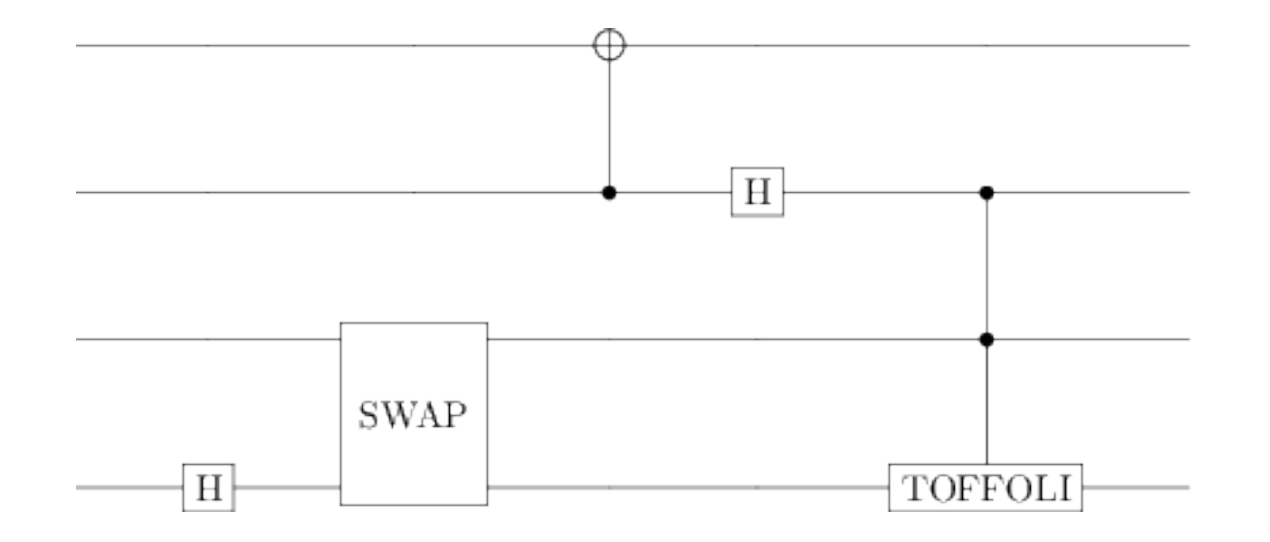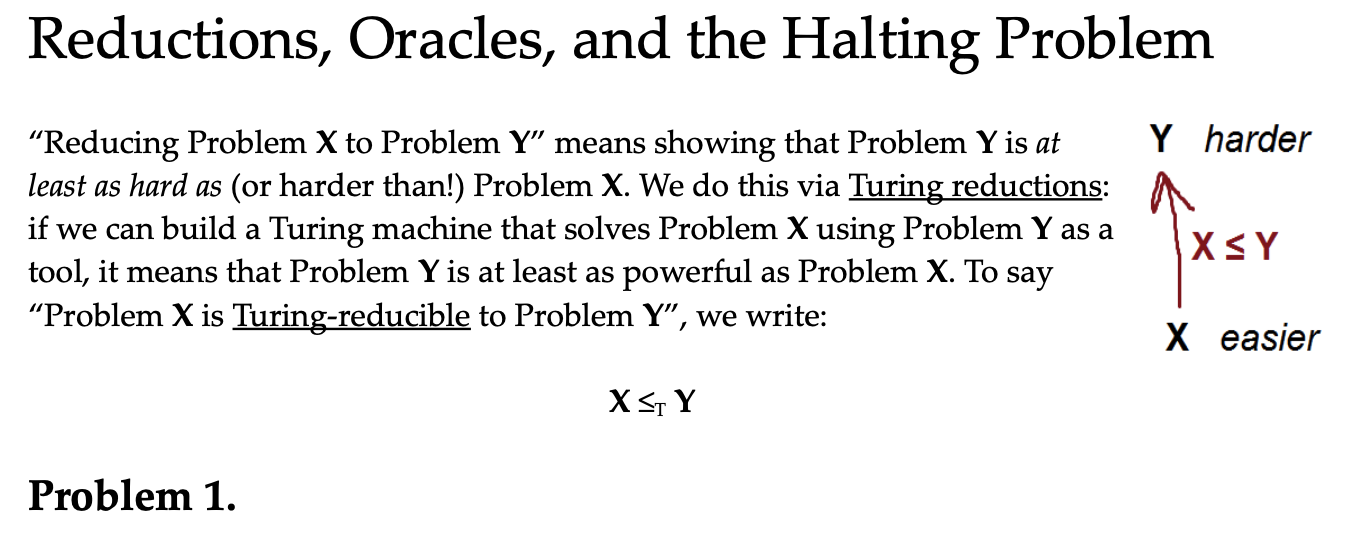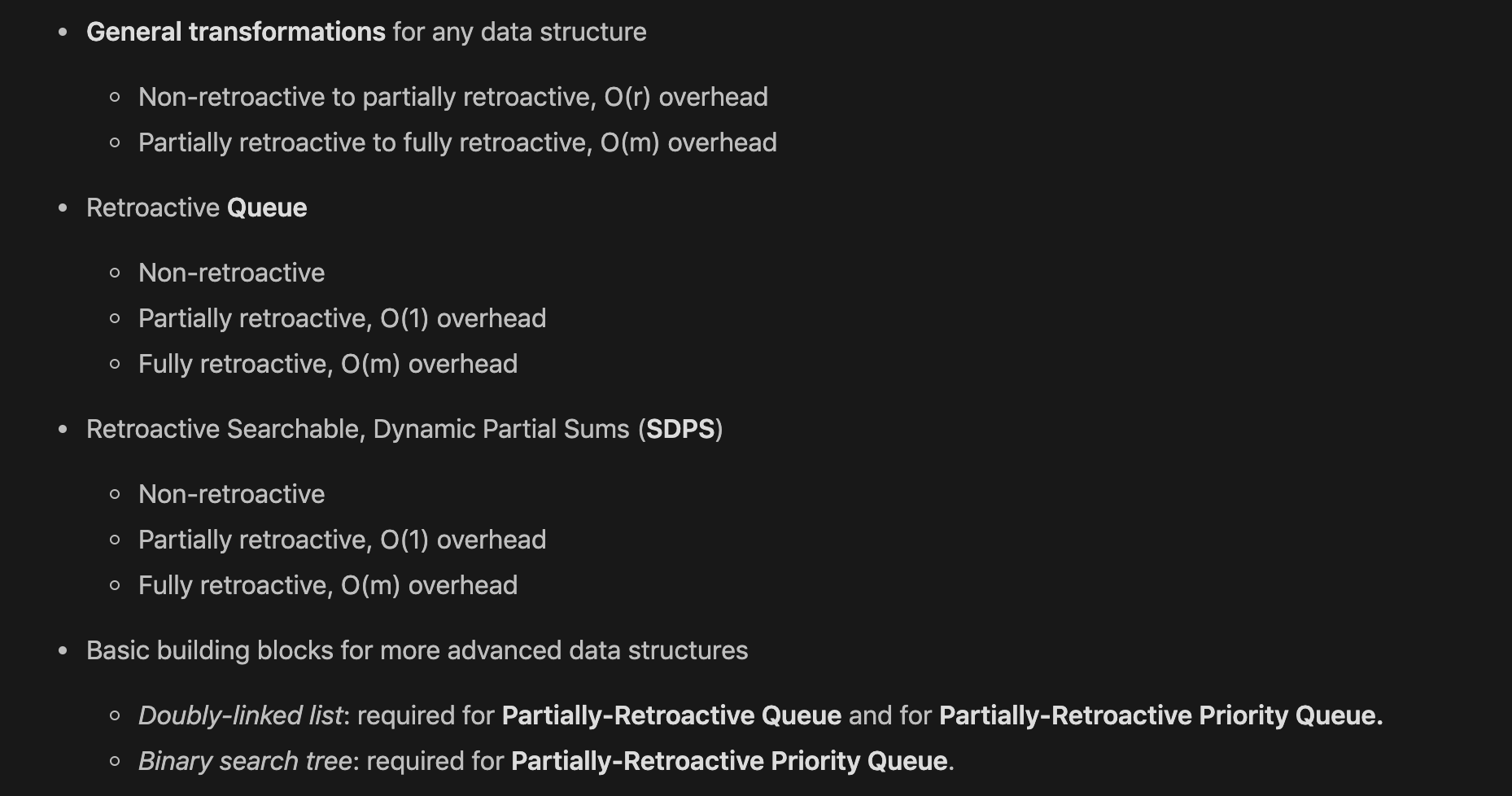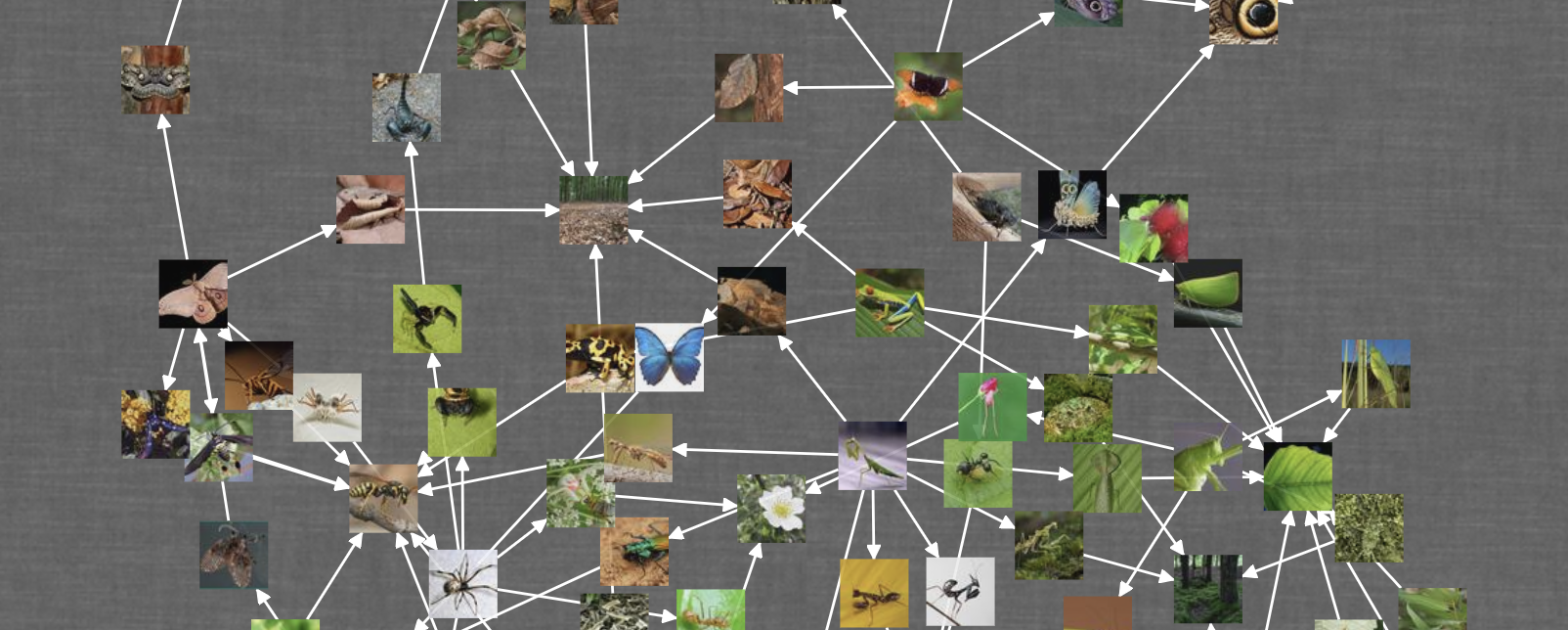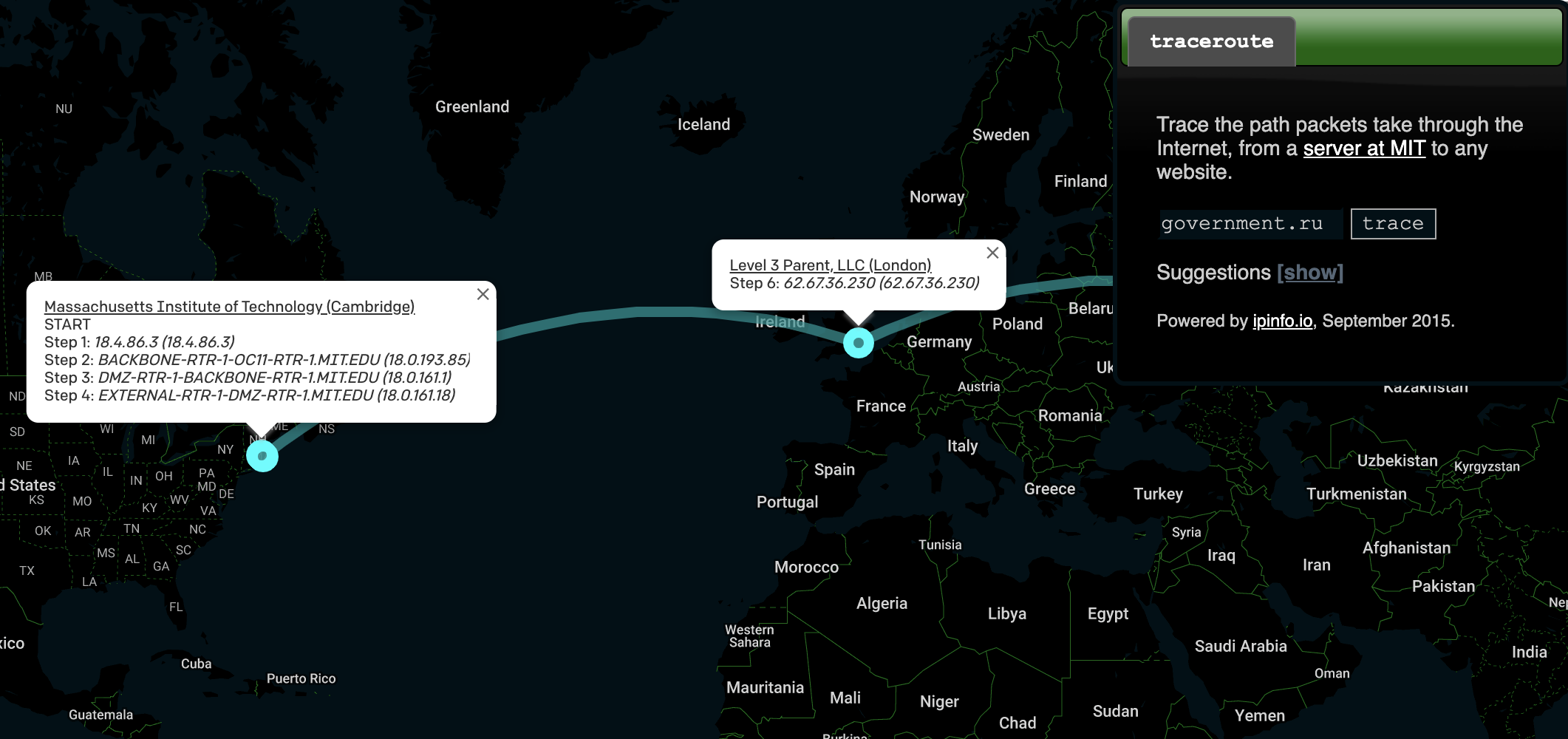Projects
Oneliner-izer 𓆙
Oh dear God, why?
Oneliner-izer is a “compiler” that converts any Python file into a single line of code with the same functionality. Really, just one line! No newlines or semicolons allowed!
Take a look at the interactive demo or the PyCon talk to learn more about how it works.
Before:
def guess_my_number(n):
while True:
user_input = raw_input("Enter a positive integer to guess: ")
if len(user_input)==0 or not user_input.isdigit():
print "Not a positive integer!"
else:
user_input = int(user_input)
if user_input > n:
print "Too big! Try again!"
elif user_input < n:
print "Too small! Try again!"
else:
print "You win!"
return True
guess_my_number(42)
After:
(lambda __builtin__: (lambda __print, __y, d: [(lambda ___: None)(d.guess_my_number(42)) for d.guess_my_number in [(lambda n:[(__y(lambda __this: (lambda d: (lambda __after: [(lambda __after: (lambda ___: __after(d))(__print('Not a positive integer!')) if (d.len(d.user_input)==0 or (not d.user_input.isdigit())) else [(lambda __after: (lambda ___: __after(d))(__print('Too big! Try again!')) if d.user_input>d.n else (lambda __after: (lambda ___: __after(d))(__print('Too small! Try again!')) if d.user_input<d.n else (lambda ___: d.True)(__print('You win!')))(lambda d: __after(d)))(lambda d: __after(d)) for d.user_input in [(d.int(d.user_input))]][0])(lambda d: __this(d)) for d.user_input in [(d.raw_input('Enter a positive integer to guess: '))]][0] if d.True else __after(d))(lambda d: None))))(d) for d.n in [(n)]][0])]][0])(__builtin__.__dict__['print'],(lambda f: (lambda x: x(x))(lambda y: f(lambda *args: y(y)(*args)))),type('StateDict',(),__builtin__.__dict__)()))(__import__('__builtin__'))
See the code on GitHub.
Quantum Mechanic: interactive quantum complexity theory 𓀨
Play around with simulations of quantum circuits!
Quantum Mechanic simulates and displays quantum circuits using QuTiP, and outputs the behaviour of the resulting n-qubit circuit as a 2n-by-2n unitary matrix. (Naturally, this means you’re not allowed to use very many qubits!)
Built as my final project for Scott Aaronson’s class 6.845: Quantum Complexity Theory in 2014. Report here. See the code on GitHub.
Mattampa puang lé ri batara: a linguistics problem 𓏟
There is no one to call the gods Lord, or to offer praise to the underworld. Why, Lord, don’t you have one of your children descend, and incarnate him on the earth? Do not leave the world empty and the earth uninhabited.
—The Sureq Galigo
I wrote this problem for the 2014 North American Computational Linguistics Olympiad involving the Lontara writing system. Solutions here.
Now in print – included in The Language Lover’s Puzzle Book (2020) by Alex Bellos!
Mathematical Insights in Computing 𓍝
Problem-solving meets philosophy as we explore mind-blowing ideas from the theoretical study of complex systems: computers, minds, and beyond.
Mathematical Insights in Computing was a six-week-long, four-session-per-week class that I designed and taught for MIT ESP’s Junction summer program in 2014. Based on an MIT class I took – 6.045, Automata, Computability, and Complexity – this class synthesized many of my favorite concepts in computer science into a rigorous course for advanced high school students.
Readings I assigned:
- The Origins of Computing by Martin Campbell-Kelly
- The Prime Facts: From Euclid to AKS by Scott Aaronson
- Classic Nintendo Games are (Computationally) Hard by Aloupis, Demaine, Guo, and Viglietta
- NP-complete Problems and Physical Reality by Scott Aaronson
- Quantum-Mechanical Computers by Seth Lloyd
- The Limits of Quantum by Scott Aaronson
- Who can Name the Bigger Number? by Scott Aaronson
- The Limits of Reason by Gregory Chaitin
- Reducibility Among Combinatorial Problems – Karp’s original NP-completeness paper
- The Status of the P Versus NP Problem by Lance Fortnow
Problem sets I assigned:
- Finite Automata and Regular Languages
- Context-Free Grammars
- Pumping Lemma Examples
- Sizes of Infinity
- Turing Machines
- Turing-completeness
- Reductions, Oracles, and the Halting Problem
- Gödel’s Incompleteness Theorems and Logic
- Asymptotic Notation and Analyzing Algorithms
- P versus NP, and NP-completeness
- NP-completeness reductions
- Fractals and L-systems
Just for fun:
- More ties than we thought, a paper which enumerates 177,147 ways to tie a tie
- Scooping the Loop Snooper, a proof by poem that the Halting Problem is undecidable
- Gödel’s Second Incompleteness Theorem Explained in Words of One Syllable
USA Biology Olympiad 2014 lectures 𓅞
Resources I created for students at 2014’s USA Biology Olympiad training camp.
Fun with Time Travel: retroactive data structures 𓁀
Retroactive data structures are data structures in which operations and queries are allowed to be made in the past, updating the data structures as if history itself had been rewritten.
For my final project in 6.851: Advanced Data Structures, I implemented a library with several algorithms for producing retroactive data structures using Python. As an example, consider a list datastructure in which we’re allowed to insert or remove operations from the past:
>>> y = FullyRetroactive([1,2,3])
>>> y.insertAgo(appendOne, tminus=0)
>>> y.insertAgo(appendSix, tminus=0) # This one should come last
>>> y.insertAgo(appendTen, tminus=2) # This one should come first
>>> y.query() # The current state of the data structure
[1, 2, 3, 10, 1, 6]
>>> y.query(1)
[1, 2, 3, 10, 1]
>>> y.query(2)
[1, 2, 3, 10]
>>> y.query(3) # The state of the data structure way back in the past
[1, 2, 3]
For more information, see the code at GitHub.
Things Mimicking Other Things 𓆤
Things Mimicking Other Things is an interactive exploration of animals, camouflage, and mimicry.
It uses Vivagraph.js to draw an interactive, draggable graph. Although the page is static, it is updated from basic data using a Python script whenever I add new entries.
The hardest part was getting performance just right: small images need to be converted to thumbnails (which is done using Python Image Library), and big images need to be pre-loaded in the background.
See the code on GitHub.
See also its sister project, Tree of Life, which is a simple visual study tool intended for anyone studying systematics from the International Biology Olympiad study guide.
Visual Traceroute 𓊝
Traceroute is a tool for visually tracing packets through the Internet, from MIT’s servers to any website.
It uses traceroute to fetch IP addresses, maps those IP addresses to coordinates using ipinfo.io, and plots those coordinates with the Google Maps API.
This was inspired by a class I took in spring 2013: our class designed an exhibit about the Internet, Net Works, for the MIT Museum.
See the code on GitHub.
Procedurally-generated organic chemistry problems 𓊲

Carbonate creates interactive organic chemistry practice problems, both simple one-step quizzes or complicated multi-step synthesis problems. It is intended as a tool to help organic chemistry students study.
The website uses the Django web framework to connect a drag-and-drop frontend UI with a Python backend that extensively represents the logic for chemical reactions. It’s capable of parsing molecules and applying reactions from Unit 1 and Unit 2 of MIT 5.12 (Organic Chemistry I). It uses the OpenBabel chemistry library to render molecules, and can interconvert between its molecule format (Python objects) and SMILES strings.
Built in collaboration with Felix Sun. Received the “MIT Utility Award” in 6.470, MIT’s web programming competition.
See the code on GitHub.

